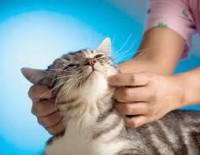Bodywork
Hands on healing techniques have developed, in particular, over the past three decades into very popular treatments for all those seeking relief from physical ailments. What few realise however is that the energy shifts created by these modalities can also bring about subtle to profound alterations in the entire being at all levels and not just in the gross physical. These techniques also restore circulation, enhance immune function, alter moods and behaviours and release cellular memories and emotions. In other words they can be used as complete healing modalities in their own rights as they re awaken the body’s natural healing mechanisms and send messages to the brain to bring about positive changes throughout the whole system.

I have been fortunate enough to have been under the care of such a gifted practitioner myself so can testify first hand to the transformative capacities of bodywork. It can be a complete healing journey in itself without the aid of pharmaceuticals.
Bodywork techniques will come to be known by numerous names, as those gifted will seek to identify their practice. You will come to know about Bowen Technique, Orthobionomy, Myofascial Release, Craniosacral Therapy, Trigger Point Therapy, NST or NeuroStructural Integration System, Chiropractic, Osteopathy, Acupressure, Reiki, Remedial Massage, Brennan Technique and Tellington Touch amongst others.
Acupuncture, whilst not strictly defined as bodywork, is another technique that restores energy flow or chi, qi, prana.
Some will involve deep work, others very light almost undetectable touch but all will seek to remove blockages to energy flow through the being and restore function and comfort. Once comfort is restored the natural homeostatic mechanisms within the individual can regain balance and be reinstated as the regulator of function. These bodywork techniques can be used for any disease in any individual.
Healing begins with relaxation.
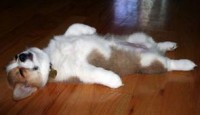
I practice Bowen technique, Orthobionomy and my own version of intuitive bodywork, which involves listening through touch. These modalities have attained credibility over recent years by demonstrating measurable physiological changes and pathways of action that can be explained scientifically. Most who practice these techniques care less, however for the science and more for the effects they bring about in their patients. It can be quite amazing to witness the changes in these animals as their function and comfort is restored.
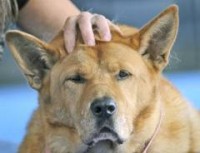
We are reaching a time when these modalities will be completely accepted as pathways to healing, as an increasing number of people will testify to the effects of such practices.
It has often been said that animals are a good case study for unconventional therapies because they are not influenced by placebo. The results I see with Bowen in them are quite amazing and it is often all that is required to bring relief and start healing.
The nervous system is the message channel to the entire being and it stands to reason that if this is working well then we can function optimally. The epidemic of neurological diseases that are emerging not only in human populations but our animals in recent times is quite alarming. There are many reasons why this is happening, not the least being overstimulation from modern living and insufficient nutritional support. The underlying deficiency, regardless of onset, is lack of nurture and inner calm to the nervous system, which can then go into overdrive.
Dogs and horses are particularly receptive to bodywork. You have to work quickly on most cats as they want it on their own terms usually and will not brook interference. Some dogs and horses also take a little while for the trust to filter through. The basis of hands on techniques requires this level of trust. Many practitioners prefer Reiki for this reason as there is less need to touch the patient and there is less interchange between the practitioner and the patient if done correctly.
Personally, the information I receive from my patients usually only comes through gentle touch and good intention and I do not practice Reiki. Different modalities perform differently in different hands and it is best to stick to what you know best.
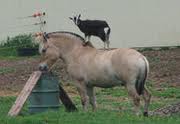
I use Bowen technique on every patient at some stage of the consultation and it is often forms the sole basis of therapy.
Equine Positional Release (EPR) has been developed from the principles of Orthobionomy and is a very powerful tool for horse bodywork. The large size and the heavy reliance on standing in the equine has necessitated a modified technique, taking into account the functional and behavioural differences from humans, where the technique originated. 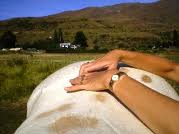
I use Orthobionomy in small animals as well, which is easier to perform on small patients as they can be moved more easily into different positions. The muscular tension in horses can be relieved equally well with EPR or Bowen and is certainly much easier on the hands. In fact, I find that massage is a diagnostic tool in my practice more than a therapy in its own right. It assists to identify and locate areas of disease.
Whilst I use massage and acupressure occasionally to relieve tension points and muscle knots, I find that once the energy is restored to the animal it can make these adjustments by itself and maintain them. I am finding less need for deep tissue massage these days and longer retention of the benefit through the lighter practices of Bowen and Ortho.
Animals generally seem to be a lot less inhibited by the emotional and mental guarding with which we humans armour ourselves. You can certainly find some cases of traumatised animals that do develop this deep tension, especially horses, but animals are often much better at letting go of bad experiences.
Dogs seem to love the massage as much as many of us because they are much more used to being handled and experiencing love in this way.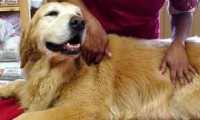
Cats generally do not enjoy massage but there are exceptions.

